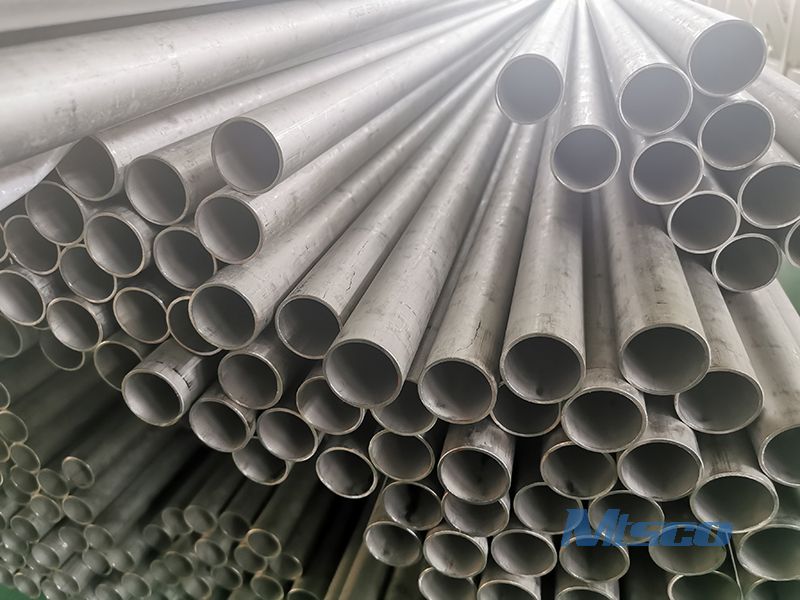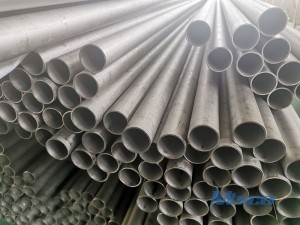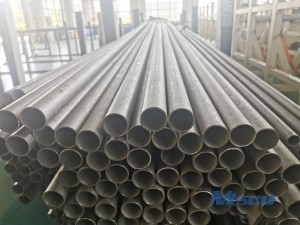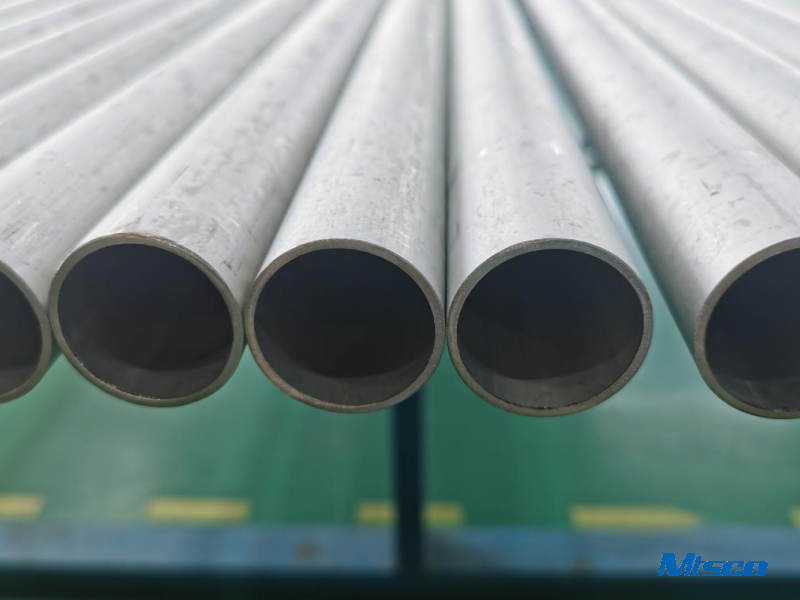ASTM Standard Nickel 200/ UNS N02200 N6 Nickel Alloy Used in Chemical Industry With PED
Nickel 200 Chemical composition
| % | Ni | Fe | C | Mn | Si | S | Cu |
| min | 99 | % | |||||
| max | 0.4 | 0.15 | 0.35 | 0.35 | 0.01 | 0.25 |
Nickel 200 Physical properties
Density | 8.89 g/cm3 |
Melting range | 1435-1446℃ |
Features:
Nickel 200 is commercially pure wrought nickel. It is highly resistant to various reducing chemicals. It can also be used in oxidizing conditions that cause the formation of a passive oxide film, for instance its unexcelled resistance to caustic alkalis. Nickel 200 is limited to service at temperatures below 315℃, because at higher temperatures it suffers from graphitization which results in severely compromised properties. In that circumstance, Nickel 201 is used instead. It has a high Curie temperature and good magnetostrictive properties. Its thermal and electrical conductivities are higher than nickel alloys.
Applications:
Useful for applications where maintaining product purity is considered such as handling of caustic alkalis, foods and synthetic fibers; electrical and electronic parts; aerospace and missile components; and chemical storage and shipping tanks





